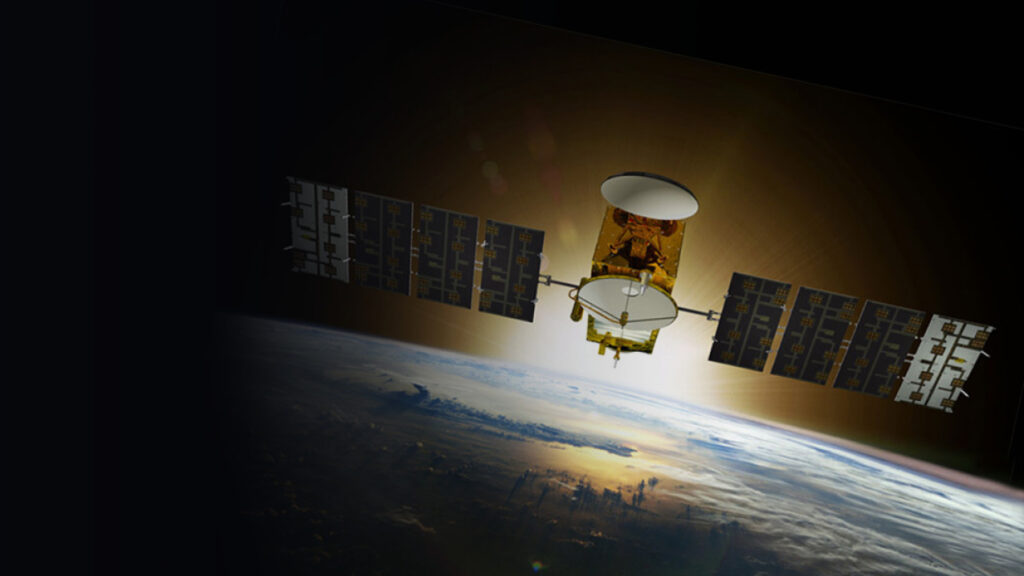Chapter 8 of the Clintel Report on the IPCC’s AR6 presents a review by Guelph University’s Ross McKitrick of how well computer climate models compare to observations. The evidence that these models predict too much heating in the Earth’s atmosphere is pretty much indisputable (see our video on Trouble in the Tropical Troposphere for a quick overview). Every one of them exhibits too much warming, and the bias shows up even when programmers tweak their creations to try and reproduce the known sea surface warming trend (which the models also overstate). With so much evidence of model bias the IPCC has finally, reluctantly, bumped up their confidence that the models exaggerate warming. But only from low to medium. As McKitrick says “One wonders how much more evidence they need to claim high confidence, since in other areas they jump to that level with much less to go on.”
Chapter 8 of the Clintel Report starts by showing a diagram from the previous IPCC report, albeit skillfully hidden in an online supplement and kept out of the main report, that shows a comparison of warming throughout the tropics to two types of model projections: one with no greenhouse warming and one with. The models with greenhouse warming far overshoot the observations, while the models that line up best with reality have no greenhouse warming going on at all, just natural changes. So you see why the diagram got buried, though it’s a bit of a mystery how it got included at all.
Still, credit where due. The new IPCC report actually has a similar diagram, and this time the models are even farther away from the observations. But the mismatches don’t stop there. One of the predictions of greenhouse theory is that while the lower atmosphere should be warming, the stratosphere should be cooling. But the stratosphere isn’t cooperating either. And the IPCC now admits that the cooling seems to have stopped since the late 1990s and one study even reports it is warming.
Meanwhile the modeling community has tried to argue that, even if the models warm too much in the troposphere, what really matters is whether the warming up high is greater than at the surface. This vertical amplification pattern is the critical thing, so the argument goes, and the IPCC says yup, the pattern is there. Except a few important studies in the peer-reviewed literature have shown that nope, it’s not there, and reverting to form the IPCC decided not to mention those papers.
Besides just ignoring the stuff they don’t like, one of the IPCC’s other tricks is to reach inside the models and force them to track observations, then pat themselves on the back at how well the models match observations. Specifically, modelers have argued that the mismatch with observations isn’t so bad when they force the sea surface record in models to match that in observations. Because apparently the models generate too much warming of the ocean surface too. But, as McKitrick notes, even when they force the sea surface in the models to line up with observations, they still predict too much warming in the troposphere. And anyway, a model that would make bad predictions if you didn’t override them with data is a bad model, whose further predictions should be deep-sixed.
McKitrick concludes with a review of a study he and John Christy published in 2020 which compares the latest IPCC models to observations and concludes that all of them, every single one, warm too much. Even the models with somewhat low climate sensitivity to greenhouse gases warm too much, and if someone were to build a model that matched observations it would have to have very low sensitivity. McKitrick concludes:
“If the discrepancies in the troposphere were evenly split across models between excess warming and cooling we could chalk it up to noise and uncertainty. But that is not the case: it’s all excess warming. CMIP5 models warmed too much over the sea surface and too much in the tropical troposphere. Now the CMIP6 models warm too much throughout the global lower- and mid-troposphere. That’s bias, not uncertainty, and until the modeling community finds a way to fix it, the economics and policy making communities are justified in assuming future warming projections are overstated, potentially by a great deal depending on the model.”
Until. And unless.



What would happen to funding if the models didn't show significant warming? Incentives mater.